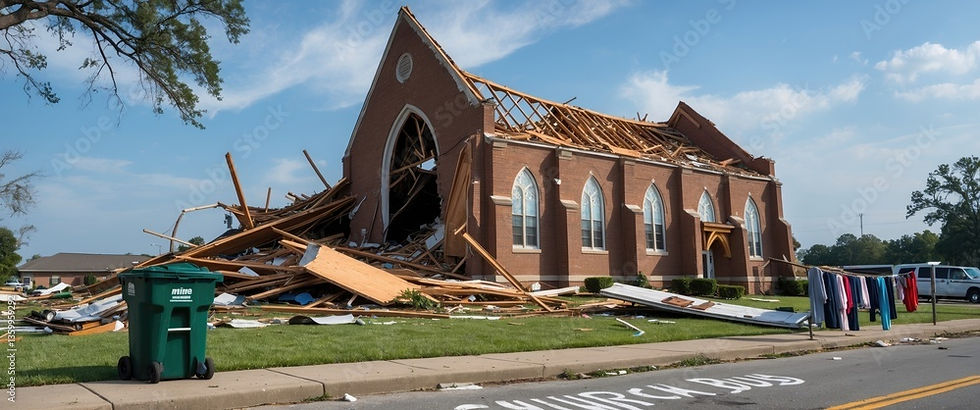11th Circuit Affirms Greater Than $1.7 Million Roof Damage Verdict Against Church Mutual Insurance Company
- Inge Johnstone
- Jul 31
- 3 min read

The 11th Circuit Court of Appeals recently handed a policyholder a big win in affirming a $1.7 million verdict based on roof damages against Church Mutual Insurance Company. In the case, the policyholder was a church, First Baptist Church of Albany, whose roof was damaged by a storm in 2014. The church, like many older buildings, had asbestos shingles. However, Church Mutual rather than pay the full amount owed said that the storm damage could simply be repaired (it couldn't because asbestos shingles are no longer available) and gave an estimate of $2300. First Baptist obtained estimates from a contractor and a public adjuster who both gave the opinion that the roof needed to be replaced and gave estimates of approximately $1.4 million.
The Jury Sides with the Policyholder
Litigation ensued and lasted for years. The jury ultimately sided with First Baptist Church of Albany and awarded the full amount of the construction bids plus increased costs due to inflation for a total of approximately $1.7 million. The trial court awarded prejudgment interest on top of this amount. The insurance company appealed to the 11th Circuit.
Policyholder Can Recover Increased Construction Costs Due to Litigation Delay
The 11th Circuit completely rejected Church Mutual's arguments on appeal and upheld the verdict. Of special importance, the appeals court specifically held that when a delay in reconstruction was due to litigation that damages for inflation and increased construction cost could be recovered.
The court stated:
As for the award based on the increased cost of construction, the parties have not provided any cases within Georgia or the Eleventh Circuit that explain the purpose of inflation-adjusted damages. Relevant authorities, however, indicate that inflation-adjusted damages can be awarded where the delay in completing repairs is due to the length of litigation and not the fault of the property owner. See, e.g., Bruner & O’Connor Construction Law § 19:80 (Nov. 2024 update); Willow Springs Condo. Ass’n, Inc. v. Seventh BRT Dev. Corp., 717 A.2d 77, 108–09 (Conn. 1998); Anchorage Asphalt Pav-ing Co. v. Lewis, 629 P.2d 65, 68–69 (Alaska 1981).
The district court reasoned that by adjusting for the increased cost of construction, the jury compensated the church for the diminished purchasing power due to inflation. We agree. There are countless reasons why prices escalate. For example, Burton explained during his testimony that in his experience, there are “usually [] three to four increases per year depending on the economy and storms and supply and demand and everything that comes with it.” D.E. 354 at 233:13–22. Thus, inflation-adjusted damages account for the many ways in which the cost of goods may have increased in the interim period between the breach and the award.
The Appeals Court Also Allows Prejudgment Interest
The Eleventh Circuit also affirmed the award of prejudgment interest. While the insurance company argued that this was a double-recovery, the Court explained:
The two types of damages address different wrongs and work together to ensure that the church is made whole. Prejudgment interest ensures that the church is compensated for the loss of use of the money in the intervening time between the breach and the award. Inflation-adjusted damages account for the increased cost of construction and reflect the change in purchasing power due to inflation. Accordingly, the district court did not err in holding that the jury’s award did not amount to double recovery.
This case is a win for policyholders and makes clear that in the 11th Circuit courts can award increased constructions costs to policyholders when litigation results in increased construction costs.
Contact Us
If you have any questions or have an insurance claim that you need to speak to us about, please contact us.


